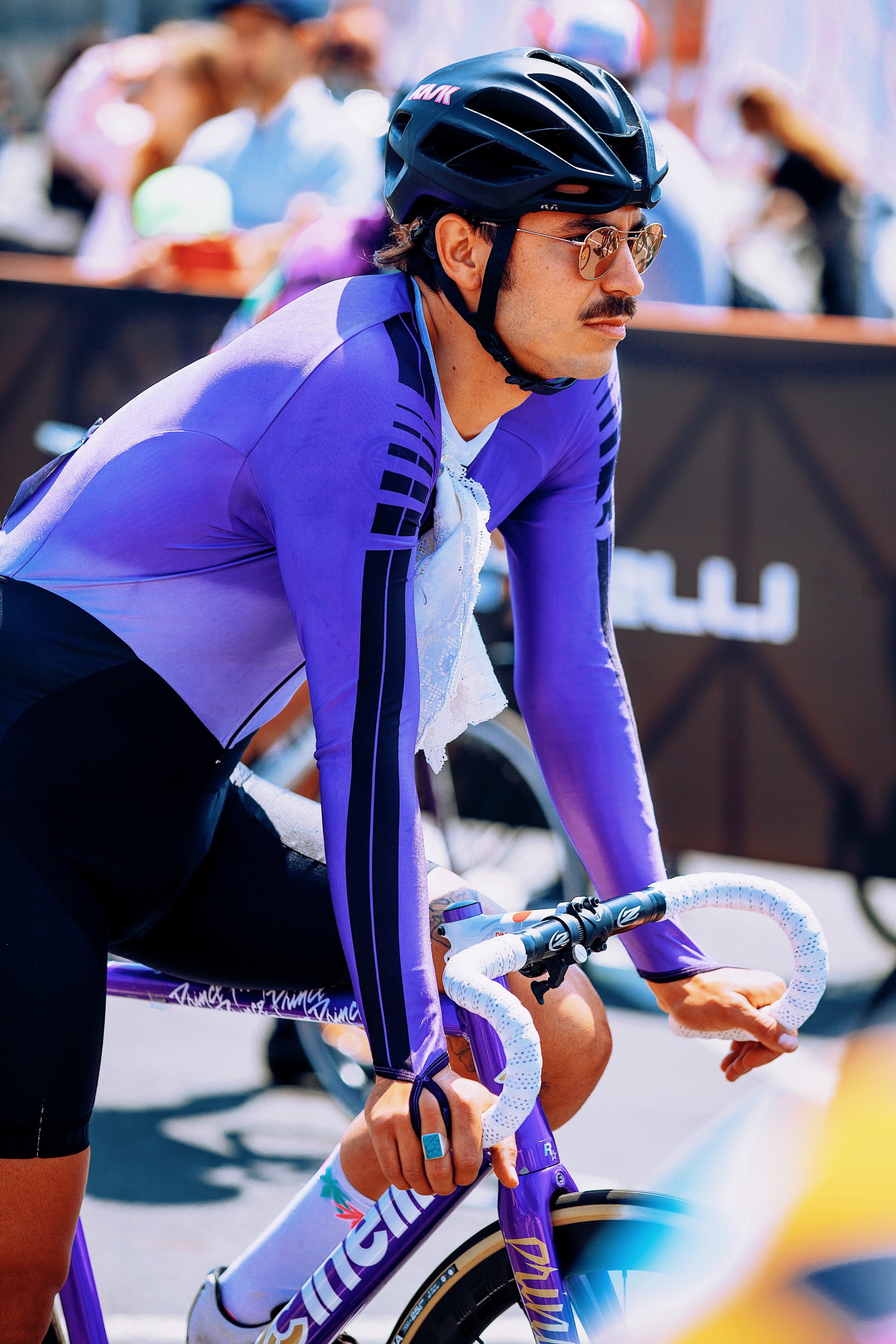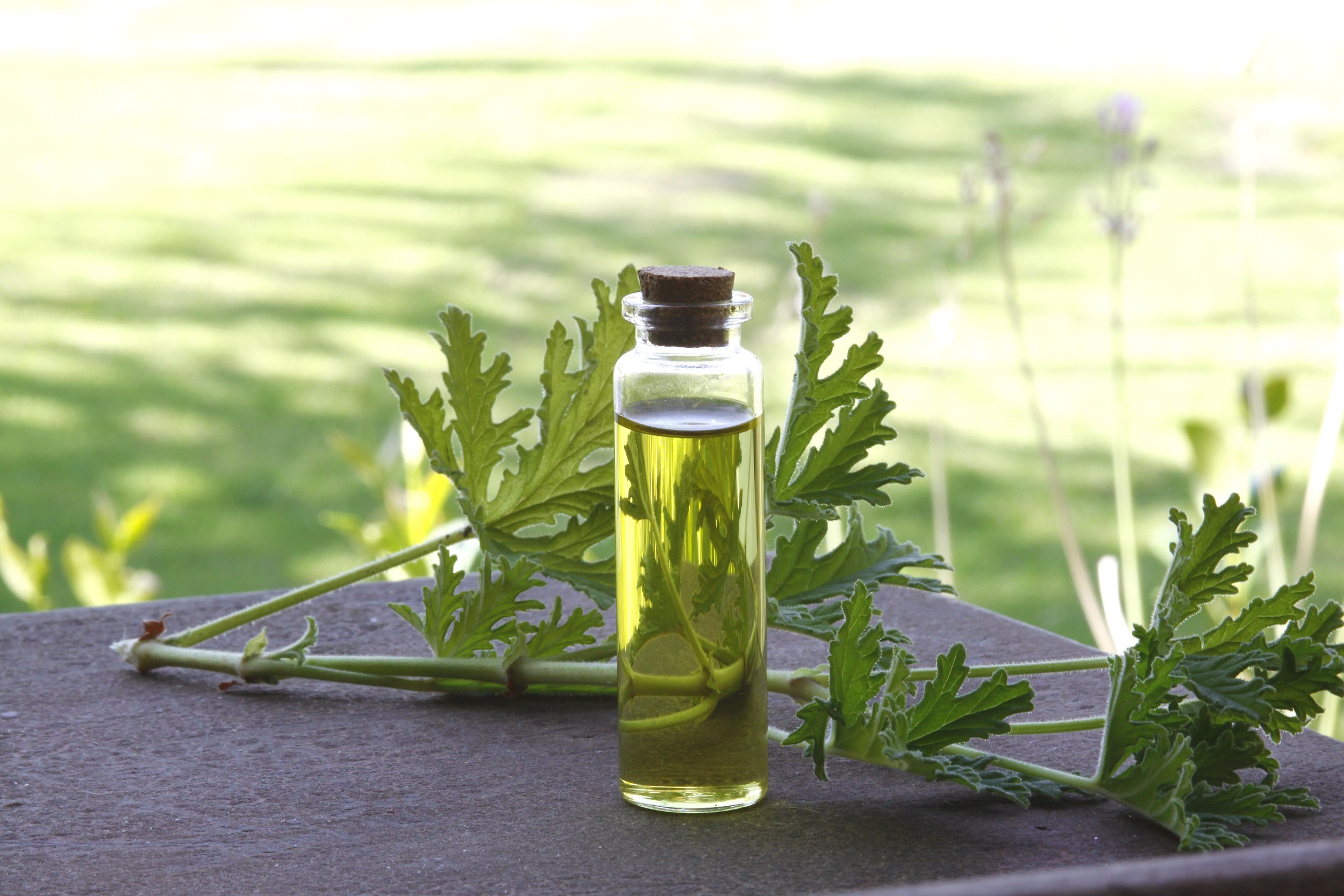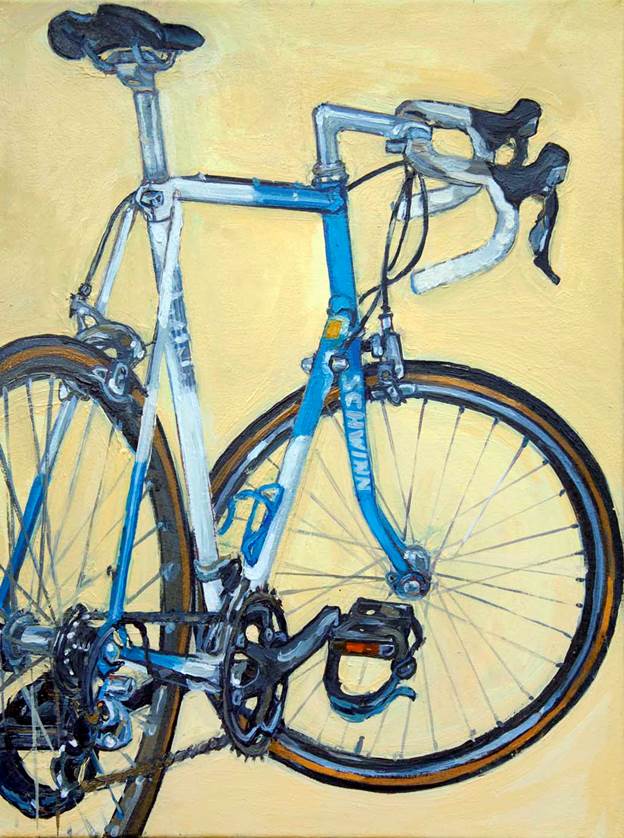Cyclists over the age of 60 account for one third of the increase in bike ridership over the past 20 years. Older adults who get a minimum of 150 minutes of aerobic exercise a week, such as cycling, lower their risk of cardiovascular disease, diabetes and certain forms of cancer. Exercise also promotes emotional wellbeing and improves cognitive function, preventing the development of conditions like dementia and late-life depression.
With age, it’s important to find safe ways to keep active, and cycling provides a low-impact workout that is easy on the joints and promotes better balance. As you adjust your exercise routine to accommodate changes that come with age, consider the variety of benefits cycling has to offer.
Cycling Gets You Out in Nature
Getting outdoors is great for your physical and mental health. Sunlight boosts your body’s vitamin D supply, which is important for maintaining healthy bones and preventing osteoporosis. Spending time outside can also promote better sleep, by sinking your body’s natural circadian rhythm to cycles of day and night. People over the age of 65 especially benefit from the melatonin regulating effects of sun exposure. Just be sure to wear sunscreen and sunglasses to protect your skin and eyes from UV rays whenever you go for a bike ride.
Cycling Can Make a Great Social Activity
Keeping your heart healthy with daily exercise is one the most effective tools for preventing dementia, and biking with a friend or group of friends can bolster the positive effects. Socialization helps keep the mind active and engaged, combating memory loss and other cognitive challenges that may come with aging. Biking is a sport that naturally lends itself towards building community and connecting with others. Taking a ride with a friend gives you the chance to talk, laugh and challenge each other.
Staying Active and Independent
Bicycles not only provide an excellent form of exercise, they can also be a great way to get around town. Riding a bicycle is an environmentally friendly alternative to driving, and gives you an opportunity to interact with your surroundings in new ways. On your bike, you may discover landmarks, restaurants, businesses and people you would have otherwise overlooked. Substituting just one five mile car ride for a bike ride instead also helps burn more calories, strengthens muscles and improves bone density, all while getting you where you want to go.
Riding a bike can be liberating and exhilarating, making you feel like a kid again. Many people who typically avoid exercise can still find something to love about riding a bike. If you’re an older adult, you can find fun and safe ways to incorporate cycling into your fitness plan.
Please share any advice you have on stay healthy and fit with age!!!




















Jenny Holt is a freelance writer and mother of two. She loves nothing more than getting away from it all and taking her pet labrador, Bruce, for long walks- something she can do a lot more now she's left the corporate world behind.